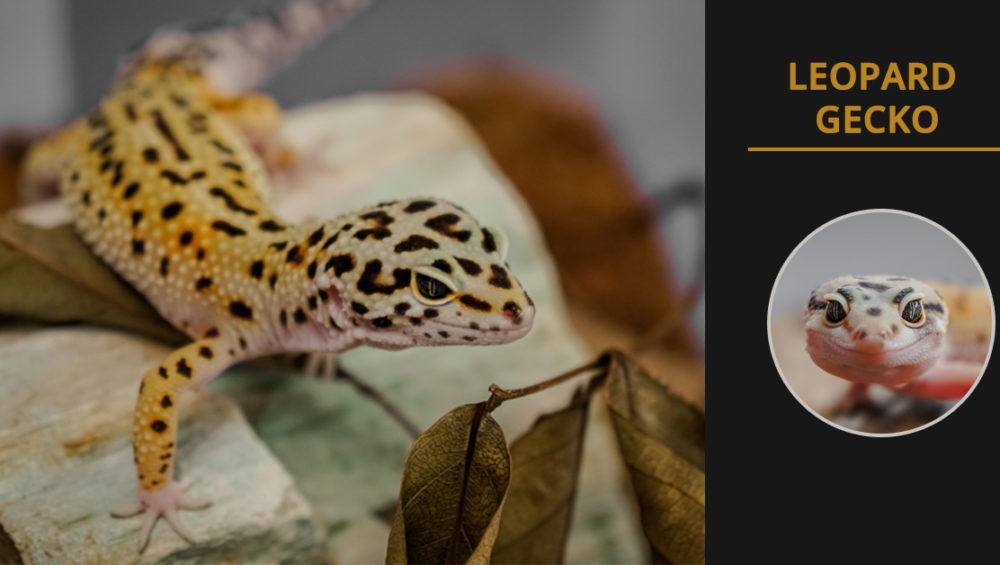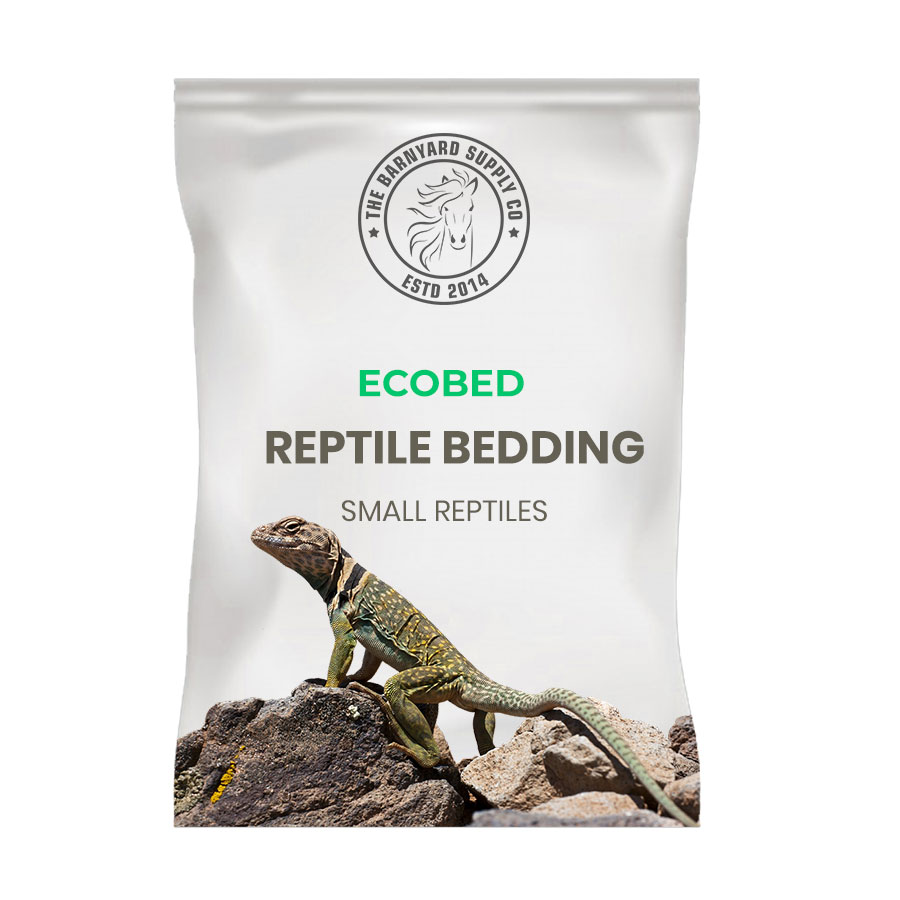New to reptile care! need help choosing your first lizard! Each lizard is unique in itself and in most cases has specific husbandry requirements. Some lizards are social and enjoyable, while others are shy and tense in human presence. Lizards will live a longer time, it is very important to choose a lizard that suits your lifestyle and husbandry capabilities.
Facts about lizards
Lizards are popular pets. They take up very little space and are easy to take care of. The natural habitat of lizards extends from tropical rainforests and jungles to arid and arid regions of the world. Many factors affect the health of lizards, such as heat, light, stress, nutrition and moisture. Therefore, it is very important to understand where and how lizards exist in nature. Please consult your pet dealer for the specific environmental requirements of your lizard.
Which lizards are good pets?
Many of the lizards on our list are good choices for most people, but not for all. When choosing a lizard, be sure to choose a species that suits your lifestyle, husbandry and handling skills.
- Crested- Leopard Geckos and Gargoyles are perfect for those who don’t want to set-up aquarium like structures and want a basic environment.
- Bearded Dragon, Leopard Gecko, Crested Gecko, and Blue Tongue Skink are great choices for lovers who wish to tame their pets.
- If you are looking for small lizards, Gold-Dust Day Gecko, Green Anole, Crested Gecko and Long-tailed Gecko are good choices. Tegu, Water Dragons, Monitor Lizards, Iguanas and Caiman lizards (Dracaena) are large reptiles.
- If you are uncomfortable with feeding pets live food, Uromastyx and Iguanas are almost pure herbivores.
- Chameleons and Iguanas are great ways to show off pets and are not interested in handling them.
- If there is no particular space to raise pets, then choose not Iguana nor the Green Anole which does allow you to pet them.
- Although all the lizards on this list are excellent first pets, they all need to be sorted out carefully.
- Bearded dragons are one of the best choices for beginners to raise reptiles because of their friendly nature and their love toward handling.
Lizards can make exciting pets, but there are so many types that it is difficult to pick the right lizard for you. Some of the most popular lizards, such as Iguanas are not suitable for most pet owners. Choosing the right lizard will help you and your pet be happy for years to come.
Why choose LEOPARD GECKOS?
Leopard gecko is a very unique reptile, known for its amazing leopard appearance and huge, fat-laden tail. These small lizards will fit in your hand even when they grow up. They are some of the most popular lizard pets and good lizards for beginners. They make up good pets because they are gentle, easy to care for, and have many interesting colors and patterns. The gecko is definitely a cool lizard.
Gecko is a cute, docile and friendly lizard with many interesting behaviors and pleasant sounds. They adapt to handling very quickly and are easy to maintain for every beginner.
Significance
These are shy lizards with amazing predation and invasion abilities and camouflage themselves with leopard prints in dry desert rocks or high meadows. Because of their fat storing tails, these species can hide for a longer time, which can prevent them till their threat has been eliminated. They also shed more frequently than most lizards to prevent predators from smelling them. After all, the leopard gecko makes a very loud sound. It makes noises when it mates, defends itself, or when awakened by screaming, barking, or hissing.
Behavior
A common yellow or lilac leopard gecko with brown or black spots, is oftenly called a Spotted Cat. Some of the patterns include high yellow, yellow, patternless, albino, eclipse, giant, snow poppy, enigma, hypo, carrot tail, carrot head etc,. Leopard geckos have short claws and fatty tail, which peel off when lizards feel threatened. Under captivity, this gecko can live for 15-20 years.
Fun Facts
- Almost all gecko sounds range from a soft squeak to the deafening hiss of African whistling gecko.
- Many geckos do not have eyelids, but leopard geckos are not only translucent, but also movable, so they can blink and close their eyes while sleeping.
- Like many lizards, the leopard gecko has a tail that can be easily broken when a predator catches it. This allows the gecko to escape when under attack. Unfortunately, it leaves a valuable source of food in. Tail used to store fat for lean periods.
- They live a strict nocturnal lifestyle, away from the heat of the day, looking for food through holes and cracks at night.
How do you groom your pet lizard?
1 Habitat Maintenance
Clean and disinfect the habitat thoroughly at least once a week: place the gecko in a safe habitat; wipe the water tank and furnish with a 3% bleach solution; rinse thoroughly with water and remove all traces of bleach odor. Dry your water tank and furnish completely and add a clean substrate.
2 Care and Hygiene
Leopard geckos sheds regularly; ensure that the humidity in the habitat is high enough to allow adequate separation. To make it easier to shed off, provide a shed box, a leather case with peat moss, to help the shedding process.
3 Diet and Feeding schedule
Leopard Gecko’s balanced diet includes insects, crickets, mealworms, and wax worms, also using intestinal crickets. (freshly fed)
Points to consider when feeding leopard geckos:
· Always provide fresh, clean and chlorine-free water.
· Feed every day.
· Sprinkle daily calcium supplements and multivitamin supplements on food once or twice a week.
4 Housing and Substrate
A sufficiently large area with safe coverage; it is recommended to use a 10-20 gallon water tank for the leopard gecko. Provide multiple hiding locations with non-toxic plants, branches, trunks and cork. Keep the humidity below 50%.
Temperature gradient of 95°F for very hot/sunbathing and 78-88°F at extremely cold. 10 to 12 hours of light are needed every day; because leopard geckos are nocturnal, they do not need ultraviolet light. Incandescent lamps can be used for sunbathing; you can use ceramic heaters or night lights at any time. Do not put two or more male geckos together or house different kinds of reptiles together.
The substrate must be absorbent and easy to clean and should not cause choking hazard or toxicity to your pet even if accidentally swallowed. The substrate should not be too abrasive to reduce the risk of pet injuries, and it should also be made of materials that will not retain or absorb too much moisture for desert species.
Coconut Husk
Coconut Husk or Coco Chip is one of the safest, organic and most popular choices for reptile bedding. It is soft, comfortable, absorbent and enriched fibrous material. It comes in two versions: Coconut Husk for smaller lizards and Coco Chips for larger lizards. Its absorption can block unpleasant odors, retain moisture for a longer time and maintain a humid temperature. You can use it as needed. Wet the blocks, crush the pieces and put them in a container. Coconut bedding is easy to clean, store, non-allergenic, biodegradable, reusable and recyclable.
Carpet Liner
Carpet Liner is a sleek look and easy to clean substrate, making it an ideal habitat for your leopard gecko. Carpet Liner should be cleaned spotless and disinfected with reptile-specific cleaning solution once in a week. Maintain a healthy home for your pet.
Calci Sand
For Leopard Gecko, calcium sand helps imitate the natural desert environment and has many beneficial benefits, such as prompting natural burial behavior. Calcium sand is not only non-toxic, but also rich in calcium and vitamins. A small amount of oral administration can provide great health benefits, but it should not replace the intake of dietary supplements. You can scoop the waste along the sand all at once.
General health Issue
Gastro-Intestinal Diseases:
Loose stools, crusty or stains in ventilated areas, and loss of appetite due to bacterial or parasitic infections. Consult your veterinarian.
Metabolic Bone/Vitamin Deficiency:
Insufficient calcium absorption due to insufficient UV-B light or insufficient calcium/vitamin D supplementation. If left untreated, this can lead to conditions characterized by deformities and weak bones. Limb swelling and lethargy. Please consult your veterinarian to make sure you have enough UVB and enough calcium/vitamin supplements.
Respiratory Diseases:
Shortness of breath and mucus in the nose and mouth. This may be caused by the environment being too cold or too humid. Please consult your veterinarian to ensure that your environment is at the right temperature.





